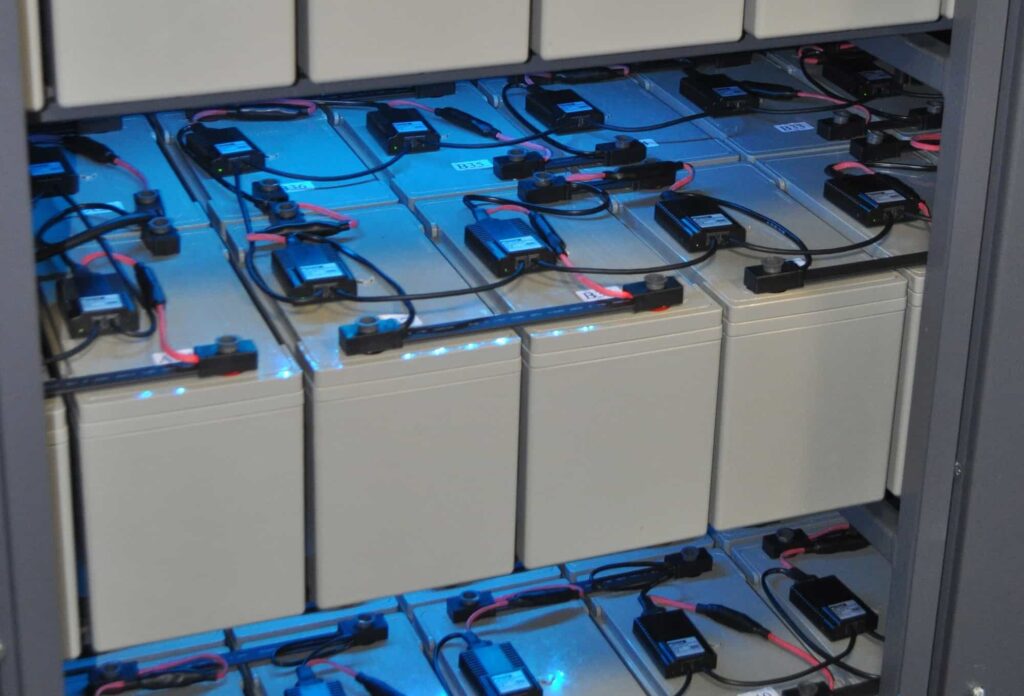Uninterruptible Power Supply (UPS) batteries are critical components in providing backup power during electrical outages or fluctuations. The process requirements for UPS batteries involve factors that ensure their reliable performance and longevity.
- Capacity Sizing:
- Ensure the UPS battery capacity is appropriately sized for the load it needs to support during a power outage. Sizing should consider both the power (in watts) and the duration (in minutes) the battery needs to provide backup power.
- Battery Chemistry:
- Select the appropriate battery chemistry for the UPS application. While lead-acid batteries are commonly used, some UPS systems utilize other chemistries such as valve-regulated lead-acid (VRLA) or lithium-ion batteries. The choice depends on factors like cost, maintenance requirements, and the specific needs of the application.
- Temperature Control:
- Maintain the operating temperature within the recommended range for the UPS batteries. Elevated temperatures can accelerate battery aging, while extreme cold temperatures can reduce battery performance. Many UPS systems include temperature sensors and fans to regulate the operating environment.
- Charging System:
- Implement a well-designed charging system that prevents overcharging and undercharging, as both conditions can negatively impact battery life. Modern UPS systems often use intelligent charging algorithms to optimize battery health.
- Monitoring and Management:
- Implement a battery monitoring and management system that provides real-time information on the state of the batteries. This includes monitoring voltage, current, temperature, and overall battery health. Remote monitoring capabilities are beneficial for timely diagnostics and maintenance.
- Regular Testing:
- Conduct regular testing of UPS batteries through simulated power outages or load tests. This helps ensure that the batteries can provide the required backup power when needed. Some UPS systems include automated self-tests.
- Maintenance:
- Establish a routine maintenance schedule for UPS batteries. This may include visual inspections, cleaning, and, if applicable, topping up water levels in flooded lead-acid batteries. Follow manufacturer recommendations for maintenance procedures.
- Ventilation:
- Ensure proper ventilation for the battery room or enclosure. Lead-acid batteries, in particular, can release hydrogen gas during charging, and adequate ventilation helps prevent the accumulation of explosive gas concentrations.
- Environment:
- Protect UPS batteries from harsh environmental conditions, including excessive dust, moisture, and corrosive elements. Proper storage and installation are crucial to the longevity of the batteries.
- Replacement Planning:
- Develop a plan for battery replacement based on the expected service life of the batteries. Monitor the decline in performance and capacity over time, and proactively replace batteries before they reach the end of their useful life.
Adhering to these process requirements helps ensure the reliability and effectiveness of UPS batteries in providing seamless backup power during utility power interruptions.


